Holistic Treatments That Offer Alternatives to Surgery for Pain Relief
November 2, 2025
8 min

Embracing Non-Surgical Paths for Lasting Pain Relief
Chronic pain affects millions worldwide, profoundly impacting quality of life and daily function. While surgery remains a solution for some, many seek holistic treatments that provide effective alternatives with less risk and a focus on whole-person wellness. This article explores a variety of non-surgical therapies that address the physical, emotional, and psychological facets of pain management, highlighting evidence-supported options that can reduce pain, improve mobility, and enhance well-being.
Acupuncture: An Ancient Practice with Modern Pain Relief Benefits

What is acupuncture and how does it help with pain?
Acupuncture involves inserting fine needles into specific points on the body to stimulate the nervous system and promote natural healing processes. This ancient technique is believed to work by releasing pain-relieving chemicals such as serotonin and endorphins, balancing the body's energy flow (known as qi), and reducing stress. The stimulation of these points activates the central nervous system to encourage recovery and alleviate discomfort (Acupuncture for pain relief, Acupuncture for pain management).
Which pain conditions respond well to acupuncture?
Acupuncture has shown effectiveness in managing various chronic pain conditions. It is commonly used to treat back pain, migraines, tension headaches, and neck pain. Additionally, it provides relief for osteoarthritis, fibromyalgia, shoulder pain, cancer-related pain, and some musculoskeletal injuries. Patients with these conditions often find acupuncture a helpful complementary therapy (Acupuncture for chronic pain, Alternative therapies for chronic pain, Acupuncture for arthritis pain).
What does research say about the effectiveness of acupuncture?
Scientific studies support acupuncture's role particularly for lower back pain, neck pain, and headaches, demonstrating noticeable benefits in pain reduction and improved function. Although evidence varies for conditions like knee osteoarthritis, many experts consider acupuncture a valuable non-pharmacologic option with relatively few side effects. Its low risk profile, when administered by certified practitioners, makes it a practical choice for those seeking alternative pain relief methods (Effectiveness of acupuncture, Non-pharmacological pain management, Alternative treatments for chronic pain).
Therapeutic Movement and Mind-Body Practices: Yoga, Tai Chi, and Mindfulness
How do yoga and tai chi help manage chronic pain?
Yoga and tai chi are gentle movement therapies that combine stretching, breathing, and mindfulness. These practices can reduce pain intensity by improving flexibility, enhancing joint function, and promoting muscle relaxation. They are especially effective for conditions such as arthritis, fibromyalgia, headaches, and persistent low-back or neck pain. By encouraging mindful awareness during movement, both disciplines help retrain the body and mind to respond differently to pain signals. For more on yoga and tai chi for chronic pain and their benefits, see this resource.
What mindfulness techniques are used for pain relief?
Mindfulness-based approaches include diaphragmatic breathing technique, guided imagery, hypnosis, progressive muscle relaxation, and meditation. These techniques help reduce stress hormones, alter how pain signals are perceived, and build emotional resilience. By focusing the mind and calming the nervous system, these practices decrease pain intensity and enhance physical function. Regular use can also improve sleep and reduce anxiety, which often worsen chronic pain. More information can be found on mindfulness-based pain management and meditation for chronic pain.
Why are mind-body practices important for holistic pain management?
Mind-body practices address not only the physical symptoms of chronic pain but also its emotional and psychological aspects. They help patients cope with anxiety, depression, and stress that often accompany ongoing pain. This holistic approach results in a reduction of overall pain experience and improved quality of life. Integrating these therapies with other treatments supports a comprehensive and personalized pain management plan. Learn more about holistic pain management approaches and integrative pain management programs.
Physical Therapy and Targeted Exercise: Foundations of Non-Surgical Pain Relief
Why is physical therapy essential in holistic pain management?
Physical therapy plays a vital role in holistic pain management by addressing the underlying causes of pain rather than just the symptoms. It focuses on strengthening muscles, improving flexibility through stretching, and stimulating nerves, which combined help reduce joint stress and improve overall mobility. Additionally, posture retraining is often part of therapy, helping prevent further damage or pain flare-ups.
What specific exercises are commonly used in managing chronic pain?
Common exercises prescribed include core strengthening to support the spine, aerobic activities such as walking and swimming to enhance cardiovascular health and endurance, and tailored stretching routines that improve flexibility and reduce muscle tension. These exercises are customized based on individual conditions and pain intensity to maximize effectiveness and safety.
What outcomes can patients expect from consistent physical therapy?
Consistent physical therapy often results in immediate relief from pain and stiffness. Patients typically experience an improved range of motion, better joint stability, and increased functional capacity, allowing for daily activities with less discomfort. This reduction in pain and functional improvement can also lessen the need for medications and may delay or eliminate the requirement for surgical interventions, as noted by non-surgical pain relief options.
Massage Therapy and Chiropractic Care: Hands-On Approaches to Pain Relief

How does massage therapy help with pain management?
Massage therapy works by manipulating soft tissues to boost blood and oxygen flow, which helps nourish muscles and tissues. It also calms the nervous system, reduces muscle tension, and lowers stress and pain hormone levels. This combination not only provides immediate relief but may also improve long-term comfort. Massage is especially helpful for conditions such as back pain, neck pain, osteoarthritis, shoulder pain, and fibromyalgia, offering a natural way to ease discomfort and promote relaxation.
What role does chiropractic care play in non-surgical pain treatment?
Chiropractic care focuses on realigning the spine and musculoskeletal system to relieve nerve pressure and improve posture. This hands-on approach aims to restore mobility and reduce pain, particularly in cases of back pain, neck pain, and headaches. While chiropractic treatments can be beneficial, the evidence for their effectiveness is mixed. Therefore, it is crucial that care be provided by reputable, licensed practitioners who can tailor treatment to individual needs.
What should patients consider when choosing manual therapies?
When selecting manual therapies like massage or chiropractic care, patients should assess their specific pain conditions and treatment goals. It’s important to check the credentials and experience of providers to ensure safe and effective care. Many find that combining these therapies with other holistic treatments—such as physical therapy, acupuncture, or mindfulness techniques—leads to better pain management outcomes. Additionally, patients should be aware of any health conditions that might limit their ability to receive these therapies safely.
Natural Remedies and Nutritional Strategies for Managing Pain

How does diet influence chronic pain and inflammation?
A well-balanced diet plays a crucial role in managing chronic pain by reducing inflammation throughout the body. Diets rich in vegetables, fruits, whole grains, nuts, seeds, and moderate amounts of lean protein provide antioxidants and anti-inflammatory compounds that can ease muscle and joint discomfort. Conversely, foods high in salt, sugar, and unhealthy fats may increase swelling and worsen pain symptoms. Adopting an anti-inflammatory eating pattern, such as Mediterranean or plant-based diets, can support natural healing and relieve pain associated with arthritis and other chronic conditions. For more information, see natural ways to ease chronic pain and Anti-inflammatory diets for pain.
Which natural supplements and herbs are useful for pain relief?
Several natural supplements and herbs have demonstrated pain-relieving properties:
- Turmeric (curcumin): Exhibits anti-inflammatory effects similar to some medications and helps reduce swelling and arthritic pain.
- Boswellia (frankincense): Effective in reducing pain and stiffness, particularly in osteoarthritis.
- Ginger: Comparable to ibuprofen, it helps alleviate postoperative and muscle pain.
- Clove oil: Contains eugenol, a natural analgesic used for topical pain relief.
- Lavender, rosemary, peppermint, and feverfew: Offer various antioxidant and anti-inflammatory benefits that may ease headaches, muscle soreness, and joint pain.
It is important to consult healthcare providers before beginning any herbal supplements to avoid interactions with other treatments. Learn more about these natural remedies at Herbal Remedies for Pain and Surprising Natural Pain Killers.
How are heat and cold therapies used effectively for pain?
Heat and cold therapies are simple, accessible remedies for managing pain and stiffness:
- Cold therapy: Applied soon after injury, cold packs reduce inflammation and swelling by constricting blood vessels.
- Heat therapy: Used after inflammation subsides, heat improves blood flow, relaxes tight muscles, and aids in waste removal from tissues.
These therapies can be used alternately or combined with other treatments to provide symptomatic relief and improve physical function. For detailed explanations, visit Heat therapy for pain relief and Cold therapy for inflammation.
Integrating Holistic and Conventional Therapies for Personalized Pain Management

Why is an integrated approach important in pain management?
Chronic pain is often multifaceted, involving not just physical discomfort but also emotional and psychological challenges. Addressing pain from these various angles requires a multidisciplinary approach. Combining holistic methods — like acupuncture for pain relief, mindfulness techniques for pain, and yoga and tai chi for chronic pain — with conventional medical treatments provides a more complete strategy. This integration can lead to more effective and enduring pain relief by tackling different causes and effects of pain simultaneously.
What are some examples of holistic pain management programs?
Several respected institutions offer integrated pain management programs tailored to individual needs. For example, the Cleveland Clinic’s Holistic Pain Management Program combines therapies such as acupuncture, chiropractic care, physical therapy, nutrition counseling, health coaching, and yoga. These programs often include cognitive behavioral therapy in pain management and group sessions for education and stress management. The personalized nature ensures that treatments complement each other and align with the patient’s health profile.
How should patients approach creating a personalized pain management plan?
Developing an effective pain management plan involves open communication between patients and healthcare providers. Patients should share their full medical history, pain experiences, and treatment goals. Considering both non-invasive holistic therapies and necessary conventional medical interventions allows for a balanced, personalized plan. This collaborative approach helps optimize treatment outcomes, minimize side effects, and improve quality of life over the long term.
Towards Lasting Relief: The Promise of Holistic Pain Treatments
Navigating chronic pain without resorting to surgery is increasingly possible thanks to a spectrum of holistic treatments grounded in evidence and individualized care. From acupuncture and mindful movement to physical therapy and nutrition, these alternatives offer multifaceted benefits addressing the body and mind. Integrating these approaches within a comprehensive, patient-centered framework empowers individuals to regain function, reduce pain, and improve their quality of life. As research advances and awareness grows, holistic pain management stands as a vital complement or alternative to surgical intervention, heralding a future where healing is achieved through balanced, thoughtful care.
Recent articles

How Physiotherapy Supports and Enhances Chiropractic Treatment
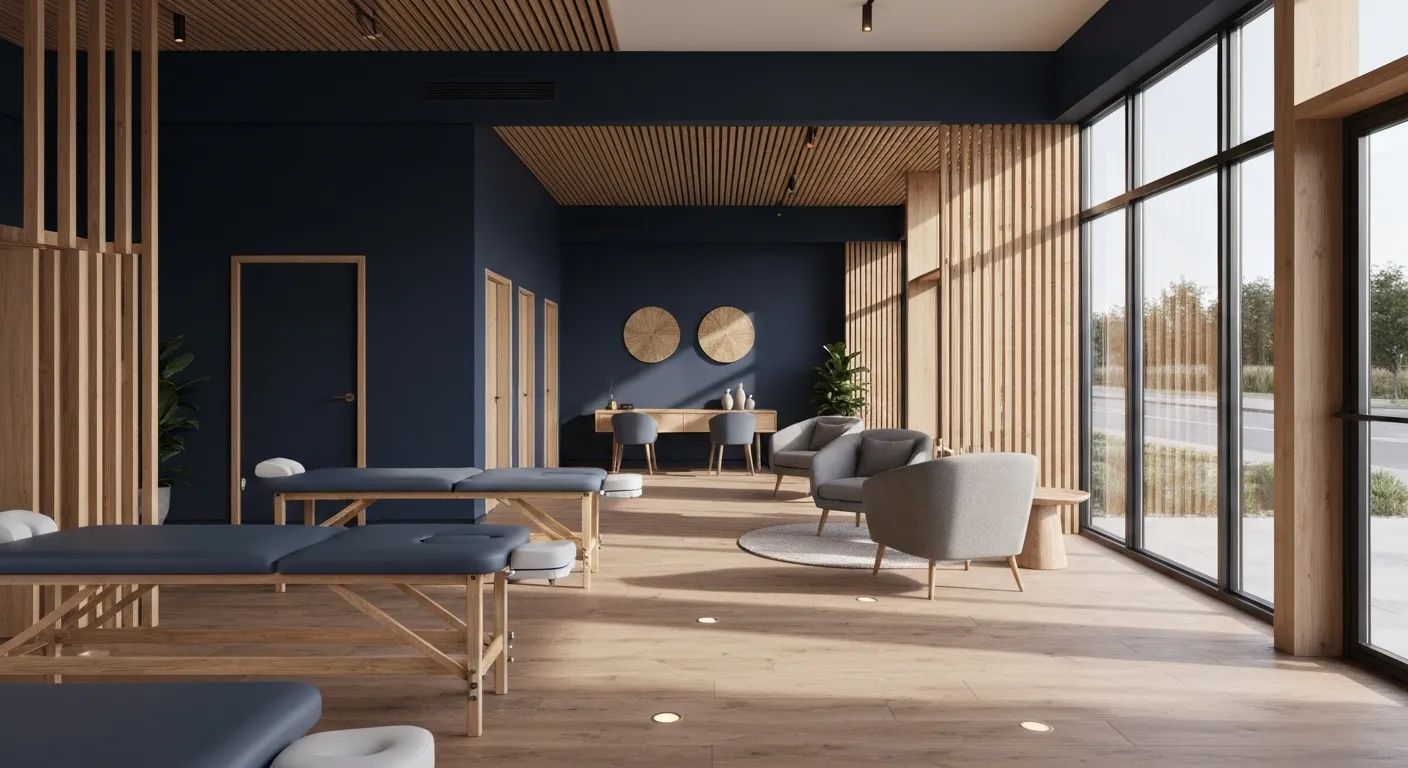
Root Cause Versus Symptom Treatment: Making the Right Choice

7 Essential Things to Know Before Choosing Your Chiropractor

Why Addressing Root Causes of Pain Matters More Than Just Symptoms

Nutritional Counseling Strategies to Boost Your Overall Wellness

How Spinal Decompression Therapy Alleviates Sciatic Nerve Pain

Long-Term Pain Relief Through Targeted Corrective Exercises

10 Benefits of Integrating Physiotherapy with Chiropractic Treatments

Corrective Exercises That Help Prevent Recurring Pain

8 Corrective Exercises Proven for Lasting Pain Relief

Lifestyle Habits for Maintaining a Healthy Spine

What You Will Experience at Your Initial Chiropractic Visit

What Happens at Your First Visit to a Chiropractor?
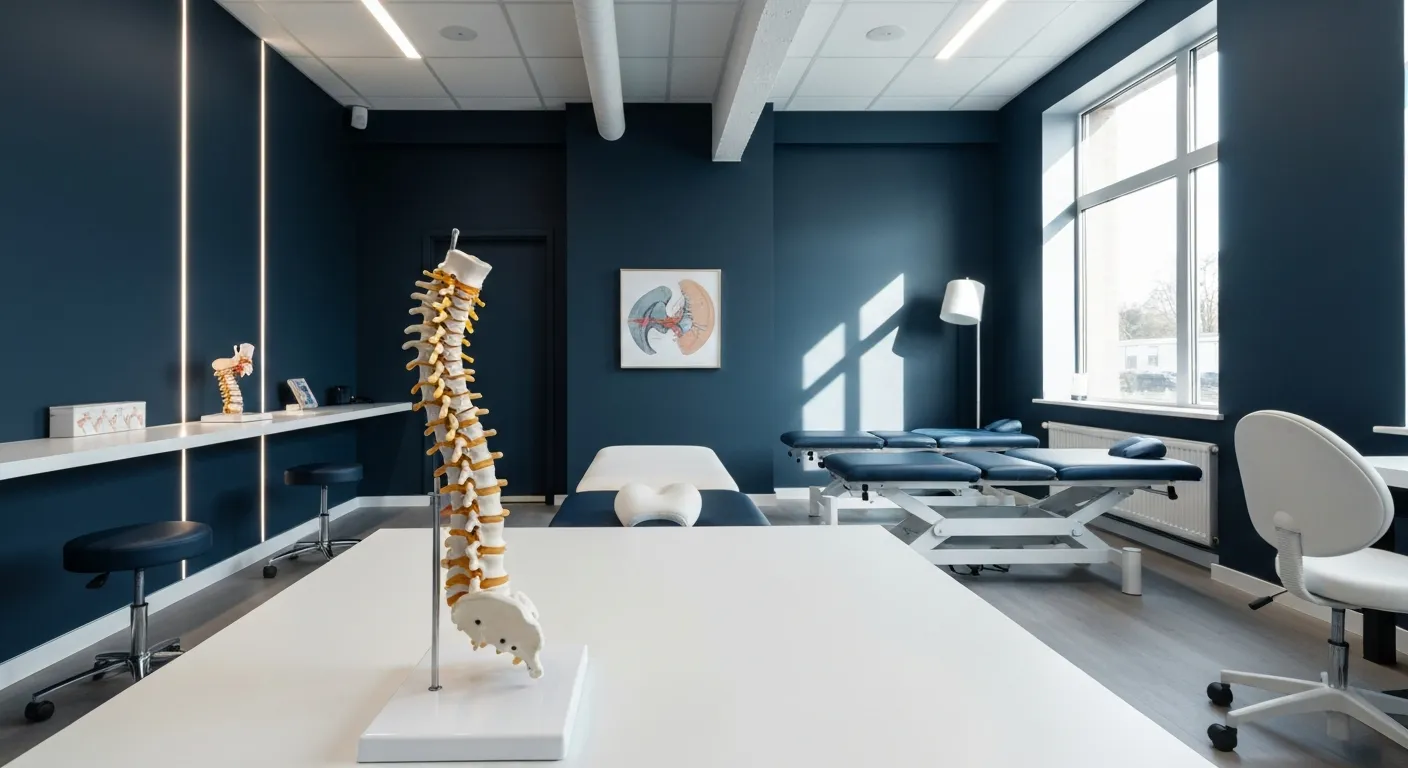
Focusing on Root Cause Analysis for Effective Pain Relief
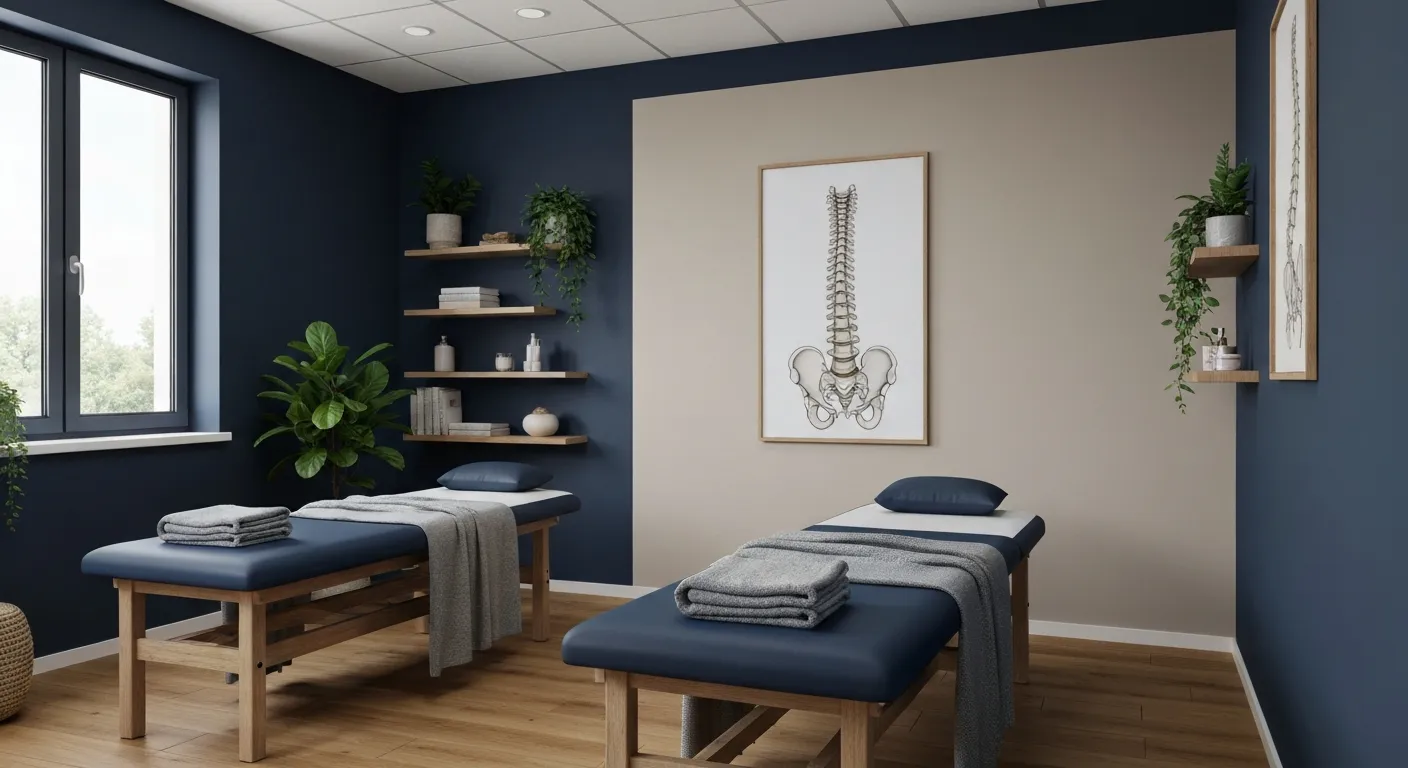
Tips for Lifestyle Changes to Support Spinal Health

Holistic Treatment Plans: Alternatives to Surgery for Chronic Pain

Enhance Wellness Through Personalized Nutritional Counseling

Non-Invasive Pain Relief: Exploring Holistic Treatment Alternatives
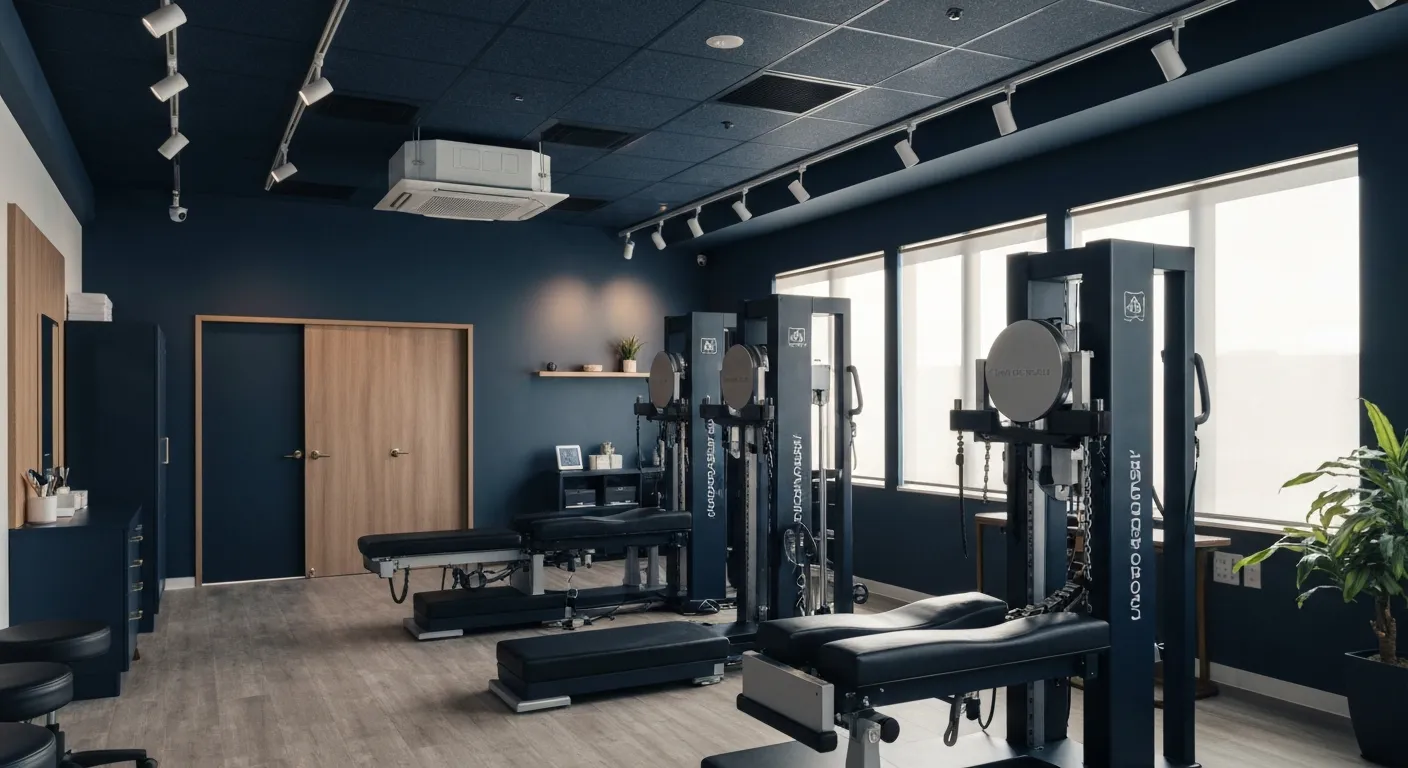
Sciatica Relief Through Targeted Spinal Decompression

Integrating Physiotherapy with Chiropractic Treatments for Better Results

Testimonials That Demonstrate the Benefits of Chiropractic Care

The Power of Corrective Exercises in Pain Management

A Step-by-Step Guide to Your Initial Chiropractic Consultation

9 Nutritional Tips to Enhance Your Chiropractic Wellness Journey

Patient Experiences: How Chiropractic Care Changed Their Lives

Lifestyle Recommendations to Keep Your Spine in Top Shape

Effective Corrective Exercises for Long-Term Pain Relief

Back Pain Benefits: What Chiropractic Care Can Do for You
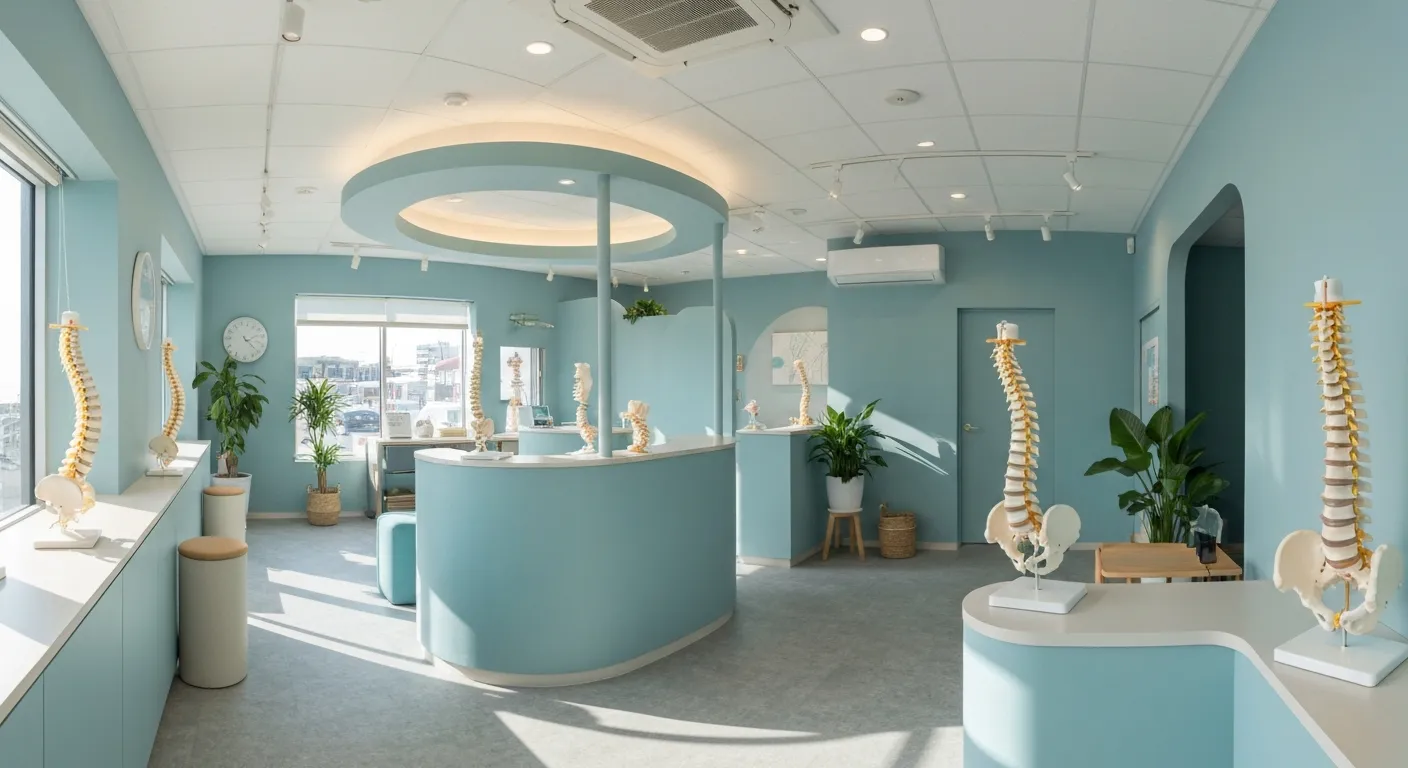
Spinal Decompression Techniques for Effective Sciatica Relief

Top Nutritional Counseling Tips for Enhanced Wellness

6 Lifestyle Habits That Boost Spine Health Daily

Discover Holistic and Non-Surgical Pain Relief Solutions

Exploring Holistic and Non-Surgical Treatment Options for Pain
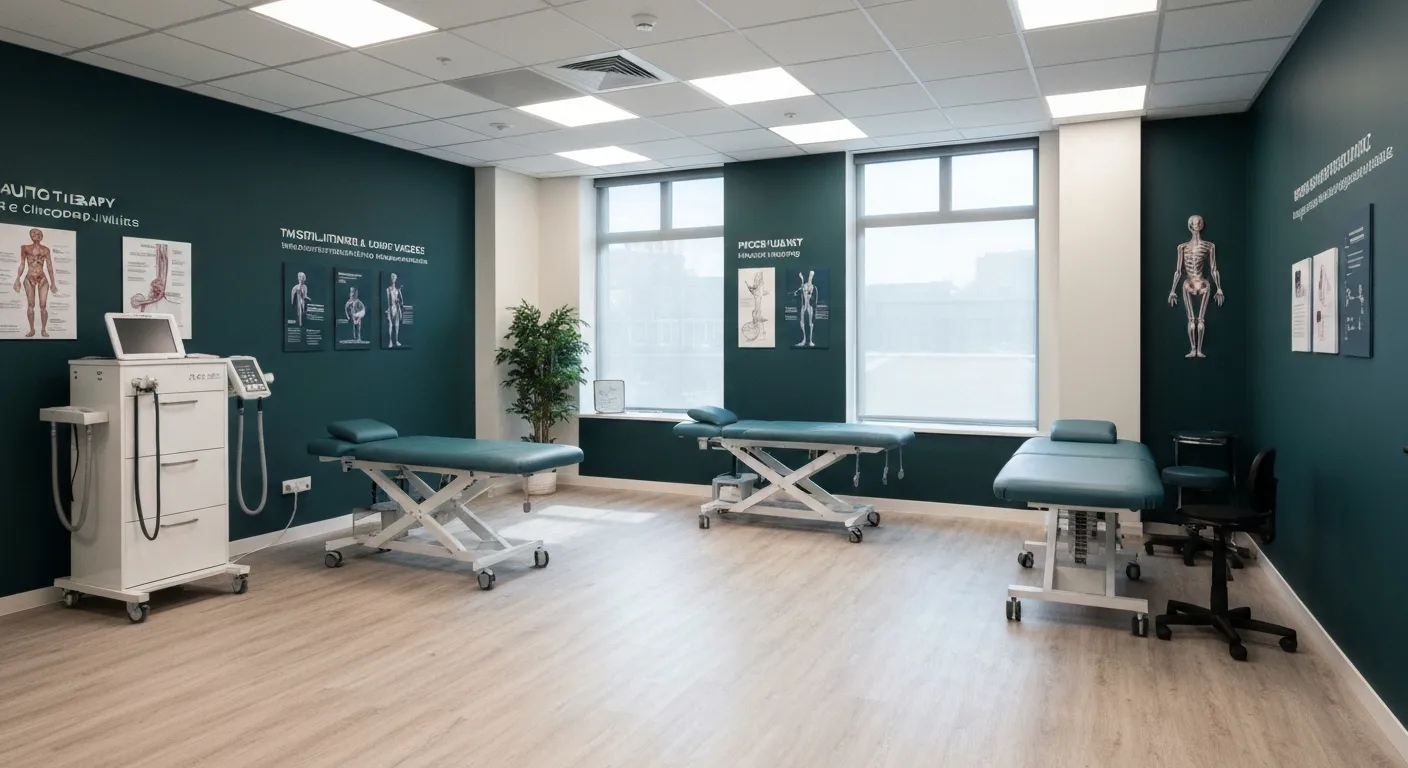
The Role of Physiotherapy in Enhancing Chiropractic Care Outcomes

Complementing Chiropractic Care with Physiotherapy: What You Need to Know

What to Expect During Your First Chiropractic Visit

Simple Lifestyle Adjustments to Maintain a Healthy Spine

Personalized Nutritional Counseling for Improved Health Outcomes

Exploring Non-Surgical Treatments for Spine-Related Conditions

An Introduction to Spinal Decompression for Sciatica Patients

Transformative Success Stories: Patient Experiences with Chiropractic Treatments
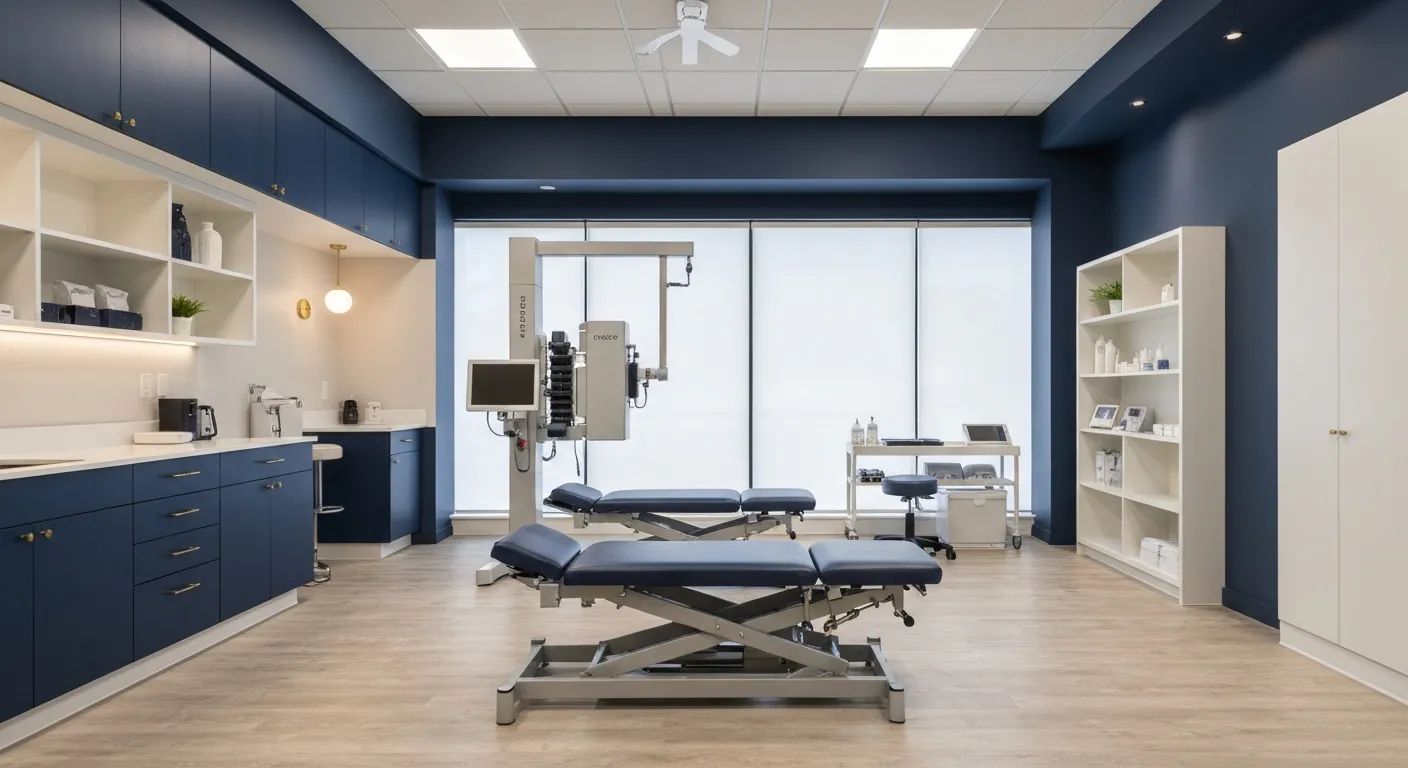
Why Chiropractic Care Is Essential for Back Pain Relief

Addressing Underlying Causes Versus Symptom Management in Pain Care

The Role of Nutrition in Enhancing Chiropractic Treatment Effectiveness

Sciatica Treatment Options: Is Spinal Decompression Right for You?

Lifestyle Tips to Maintain a Healthy Spine and Prevent Back Issues
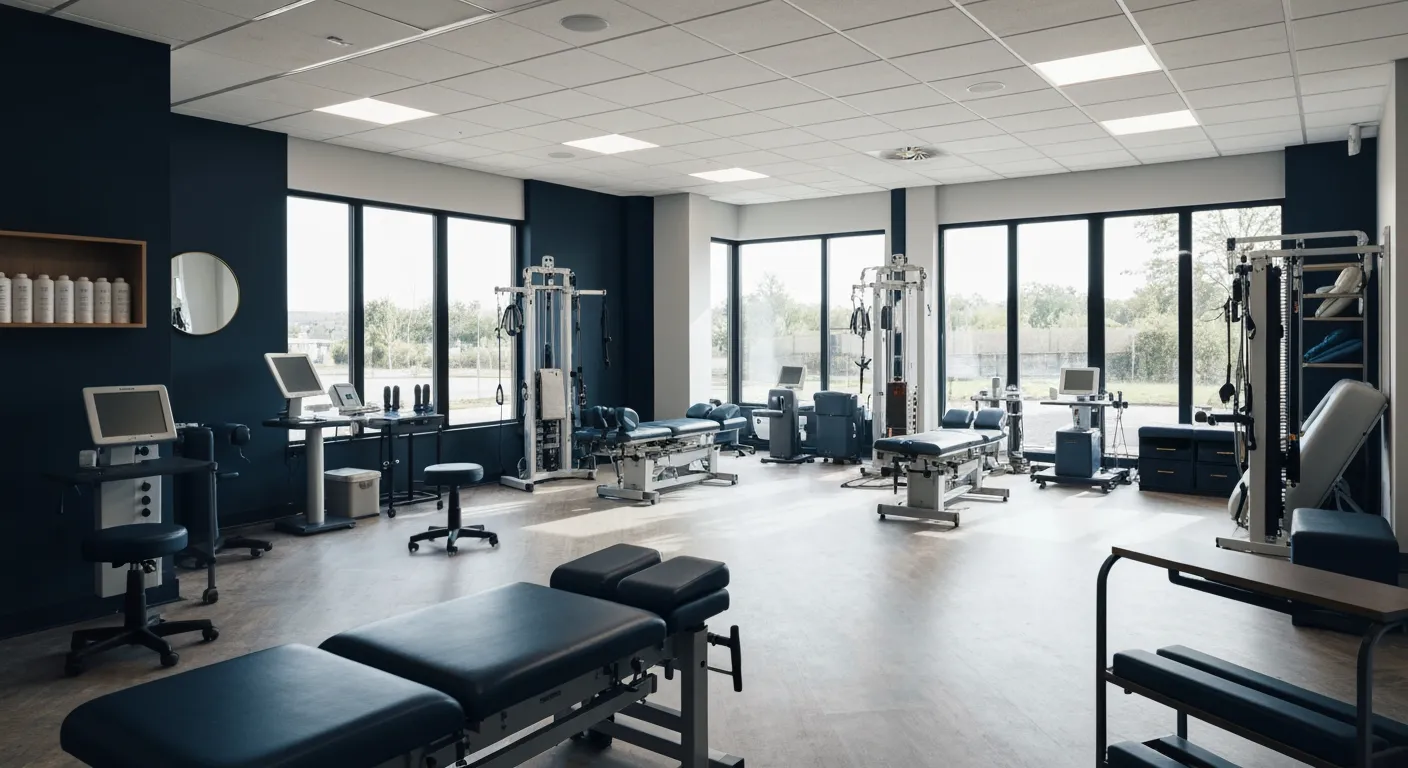
The Synergy Between Physiotherapy and Chiropractic Treatments

What Happens During Your Initial Chiropractic Consultation

Effective Corrective Exercises for Sustainable Pain Management

Taking a Root Cause Approach to Chronic Pain Management

Holistic Pain Management Techniques Without Surgery

How Patient Success Stories Validate Chiropractic Care Benefits

Spinal Decompression: Innovative Treatment for Sciatic Nerve Pain

Spinal Decompression Therapy: A Non-Invasive Approach to Sciatica Relief

Exploring Holistic Approaches Beyond Surgery for Pain Relief

Practical Lifestyle Advice to Support a Healthy Spine Every Day

Corrective Exercise Routines Designed for Long-Term Pain Prevention

Real Patient Stories: Overcoming Chronic Pain with Chiropractic Care

Lifestyle Changes That Promote a Healthy Spine and Prevent Injury

How Addressing the Root Cause of Pain Leads to Lasting Relief

Non-Surgical Holistic Therapies to Manage Chronic Pain Effectively

Nutritional Counseling's Impact on Physical Health and Healing

Benefits of Regular Chiropractic Care for a Stronger Back

Your First Chiropractic Visit: What to Expect and How to Prepare

Patient Experiences: How Chiropractic Care Transformed Their Lives

Exploring Holistic, Non-Surgical Options for Pain Management

Combining Physiotherapy with Chiropractic Treatments for Enhanced Recovery

Holistic Treatments That Offer Alternatives to Surgery for Pain Relief

Corrective Exercise Strategies for Long-Term Spine Health

How Physiotherapy Complements Chiropractic Adjustments for Better Outcomes

First-Time Chiropractic Visitors: What You Should Know

Understanding the Importance of Treating Pain at Its Source

Adopting Lifestyle Changes to Support Your Spine's Wellness

Utilizing Physiotherapy to Enhance Chiropractic Treatment Outcomes

The Key Advantages of Chiropractic Care for Back Pain Sufferers

Why Focusing on Root Causes Improves Pain Treatment Success

Corrective Exercises That Promote Lasting Pain Relief and Mobility

Sciatica Relief Through Targeted Spinal Decompression Techniques

Preparing for Your First Chiropractic Appointment with Confidence

Healthy Lifestyle Habits for Maintaining Spinal Alignment

Success Stories Highlighting Chiropractic's Role in Pain Recovery

Top Benefits of Chiropractic Care for Chronic Back Pain

Nutrition Tips to Boost Your Overall Wellness and Recovery

How Chiropractic Care Alleviates Back Pain Naturally

How Nutritional Counseling Supports Overall Wellness and Spine Health

Step-by-Step Guide to Your First Visit with a Chiropractor

Using Nutrition to Support Chiropractic and Overall Wellness

Integrating Physiotherapy in Your Chiropractic Healing Journey

How Physiotherapy Complements Chiropractic Adjustments for Faster Healing

Lifestyle Tips for Maintaining a Healthy Spine and Preventing Back Pain

Heartwarming Patient Testimonials Highlighting Chiropractic Success

How Proper Nutrition Supports Chiropractic and Physiotherapy Treatments

Combining Physiotherapy and Chiropractic Treatments for Optimal Recovery

Why Chiropractic Treatments Are Effective for Managing Back Pain

Choosing a Chiropractor: Tips for Finding a Trusted Provider

Integrating Physiotherapy and Chiropractic: Benefits and What to Expect

How Tailored Corrective Exercises Can Aid in Pain Management

Chiropractic Care: A Proven Solution for Alleviating Back Pain

What to Expect at Your First Chiropractic Visit: A Comprehensive Guide

